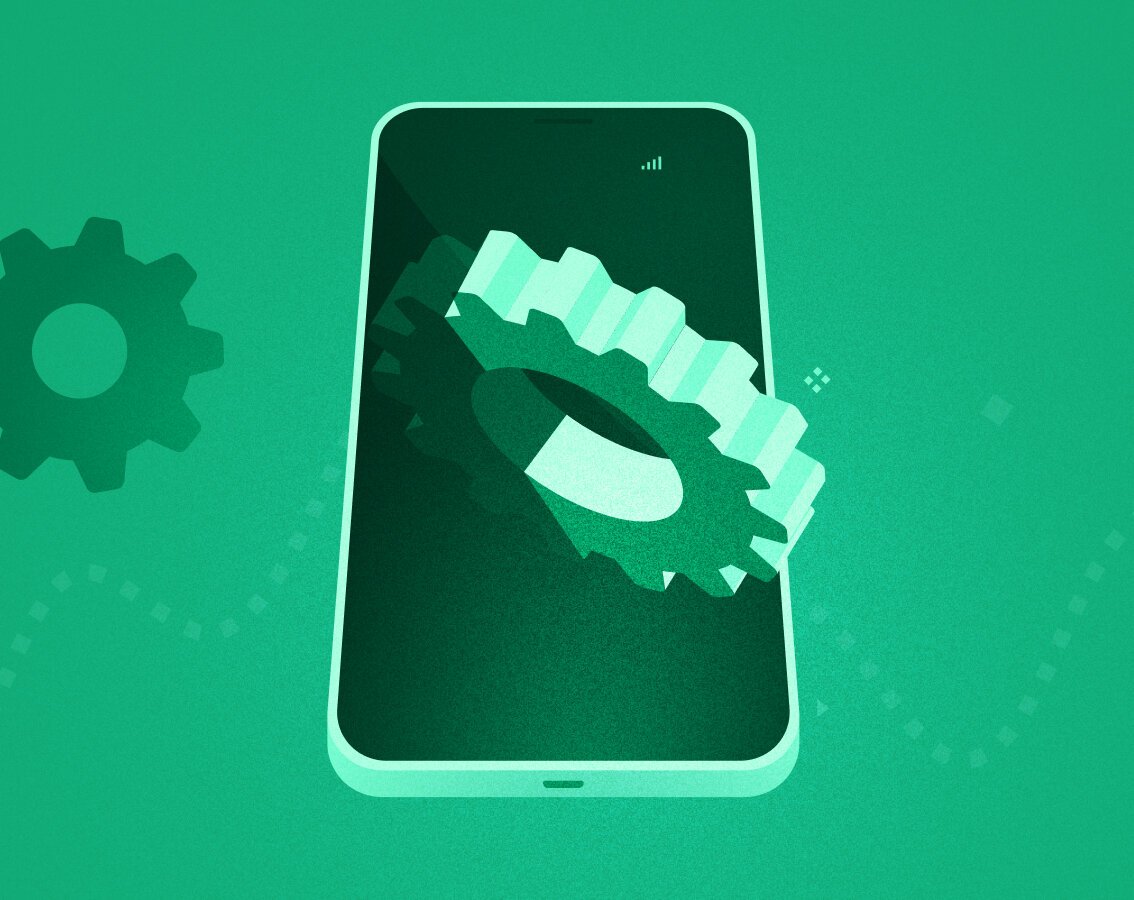blog
The Complete Guide to Building a Minimum Viable Product
By Mohan S Software development App development Digital transformation June 30, 2025

When you’re building a new digital product, the riskiest move isn’t launching too fast, it’s spending too long building something no one wants. That’s where an MVP, or Minimum Viable Product, comes in.
An MVP lets you test your core assumptions with the least effort and cost. Think of it as your product’s skeleton: just enough muscle to move, not enough to win a sprint. The goal? Learn as much as possible, as quickly as possible.
This guide walks you through how to build an MVP, from ideation to launch, and shows how the right approach can save you months of wasted development.
What Is a Minimum Viable Product?
A Minimum Viable Product is the simplest version of your product that still solves a real problem for users. It’s not a prototype, not a beta, and definitely not version 1.0.
Here’s how it’s different from other early-stage tools:
Prototype: Focuses on design or UX, often without real functionality.
Proof of Concept (PoC): Tests feasibility but isn’t user-facing.
MVP: Works in the wild. Users interact with it, and you collect real feedback.
Why Building an MVP Makes Sense
Founders often worry MVPs will make their product look weak. That’s the wrong mindset. The best MVPs are laser-focused, fast to ship, and built to learn.
Here’s why building an MVP is almost always the right first step:
It minimizes upfront investment before knowing what users want.
It validates your core product idea without guessing or assuming.
It allows faster iteration cycles by reducing the build scope.
It creates space for early feedback loops from real users.
It helps you understand which features are truly valuable.
It increases your chance of getting funding with traction proof.
6 Types of MVPs (With Examples)
Not all MVPs look the same. Here are common types founders use to get early validation:
Concierge MVP: You manually deliver the service behind the scenes (e.g., early Wealthfront).
Wizard of Oz MVP: The interface appears automated, but actions are done manually (e.g., Zappos founder manually bought and shipped shoes).
Piecemeal MVP: You stitch together existing tools to simulate your product (e.g., building with Zapier and Airtable).
Single-Feature MVP: You launch only one powerful feature to test its appeal (e.g., Dropbox’s file sync).
Fake Door MVP: You test user interest before building the feature (e.g., a “Coming Soon” button or pre-order page).
Flintstone MVP: You fake functionality entirely to simulate an outcome (e.g., manually running “automated” software).
How to Build an MVP: Step-by-Step
A solid MVP process balances speed with intention. Here’s how to get started.
1. Define the Problem and Your Value Proposition
If you can’t state the problem you’re solving in a sentence, stop. Clarity here drives everything.
Write down the core user problem and why it matters now.
Clearly define how your product solves it better or faster.
Narrow your audience to one or two specific user personas.
2. Conduct Market and Competitor Research
Your MVP doesn't exist in a vacuum. You need to know the landscape.
Look at competitors and identify feature gaps or pain points.
Talk to target users to validate the problem exists and matters.
Use surveys, interviews, or landing pages to gauge interest.
3. Map Out the User Journey
Think like your user. How will they discover, try, and benefit from your MVP?
Break down user flow from discovery to core action.
Identify the key moments of friction or delight.
Sketch out the most direct route from problem to solution.
4. Prioritize Features Ruthlessly
What’s the one feature you absolutely need? Everything else is a distraction.
Create a feature list and sort by importance to validation.
Use an impact–effort matrix to drop high-effort, low-value items.
Commit to building only what answers your core hypothesis.
5. Build the MVP (Not the Full Product)
Pick tools and tech that help you move fast and break safely.
Use no-code tools if it gets you to market quicker.\
Avoid premature scaling decisions like microservices or complex stacks.
Focus on clean UX, functional logic, and tight feedback loops.
6. Test, Launch, and Learn
Now, go live, and listen hard.
Recruit early users through communities, cold outreach, or email lists.
Set up analytics, user feedback tools, and regular check-ins.
Track both what users say and what they actually do.
7. Iterate Based on Real Feedback
MVPs aren’t one-and-done. You ship to learn.
Use feedback to validate or adjust your assumptions.
Add features only when they solve clearly expressed needs.
Keep iterating until you hit a strong product market fit signals.
How Much Should an MVP Cost?
Costs vary wildly, but a basic MVP can cost anywhere from SGD 5,000 to over SGD 150,000 depending on scope, team, and geography.
To keep costs under control:
Use no-code or low-code platforms when possible.
Hire freelance or remote devs with MVP experience.
Cut every feature not tied to your core learning goal.
Examples of Great MVPs
Some of the biggest companies started with dead-simple MVPs:
Airbnb: A basic website renting out their own apartment with air mattresses.
Dropbox: A demo video showcasing the future product before any code was written.
Amazon: Started by selling only books online with a simple store.
Spotify: First MVP lets users stream music on desktop with minimal features.
Metrics That Matter After Launch
The right success metrics depend on your product, but these often tell the clearest story:
User sign-ups or downloads indicate demand for your idea.
Activation rate tells whether users find value quickly.
Retention shows whether your product is a painkiller or a vitamin.
Customer acquisition cost helps model future scaling.
Churn rate reveals gaps in product–user fit or experience.
Final Thoughts
Building an MVP isn’t about cutting corners, it’s about proving value. It’s the fastest, leanest, and smartest way to understand your users, validate your idea, and lay the groundwork for product–market fit.
If you’re serious about starting up, don’t aim for perfection. Aim for proof.
Ready to validate your product idea? Start with less, and learn more.


